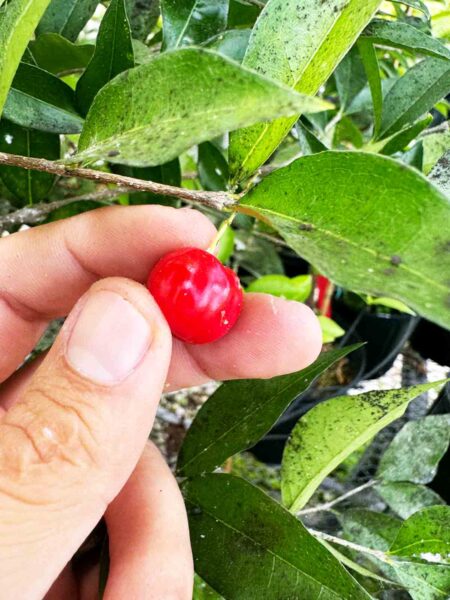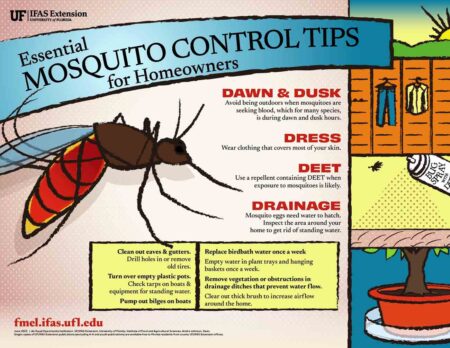Dogwood seeds have a dormancy requirement in order to germinate. Fall planting outdoors will sometimes meet their requirements. But the more sure way to handle dogwood seeds is to place the seeds in a refrigerator at about 40ºF for about four months before planting them.
Q. I’ve tried to start dogwood trees from seed with no luck. Is there a trick to growing dogwoods from seed?
A. Dogwood seeds have a dormancy requirement in order to germinate. Fall planting outdoors will sometimes meet their requirements. But the more sure way to handle dogwood seeds is to place the seeds in a refrigerator at about 40ºF for about four months before planting them. This process is called stratification. It’s important to keep seeds moist during this treatment. Layer the seeds in moistened vermiculite or sphagnum moss within a plastic bag with a few “breathing” holes and place the closed bag with seeds in a refrigerator drawer. Check to make sure the vermiculite or sphagnum moss does not dry out – keep it moist but not soggy. Avoid placing seeds in a drawer with apples or other fruit that give off ethylene gas.
Q. I recently installed St. Augustine sod. When should I start fertilizing it?
A. Below is a link to a UF/IFAS Extension publication on recommendations for fertilization of turfgrasses in Florida. The section on Fertilizing Newly Planted Turf states, “Newly planted grass, whether it has been established by seed, sprigs, or plugs, has less ability to take up nutrients due to lack of a deep root system. Research on fertilization of newly sodded grass indicates that a high percentage of the nitrogen can leach through the soil if applied in the first 30–60 days. For seeded, plugged, or sprigged grass, wait until there is a fairly uniform cover (the length of time to achieve this will vary based on time of year, environmental conditions, and location in state) before fertilizing. For sodded grass, application of fertilizer should again wait at least 30 days after planting to allow roots to establish to a point where they are able to take up the fertilizer.
Another good rule of thumb is to not fertilize until the new lawn grass has required being mowed twice – not the weeds, the new lawn grass (sod). Basically, you want the new lawn grass to have enough time to produce a good enough root system to take up the fertilizer before applying any lawn fertilizer.
Time of year plays a role in this timing, too. If sod is installed late in the growing season, it would be best to wait to apply the first application of fertilizer the following spring. It is best to not fertilize a North Florida lawn before mid-April or later than early September for the most efficient uptake of the fertilizer.
https://edis.ifas.ufl.edu/pdffiles/LH/LH01400.pdf
Larry Williams is the Extension horticulture agent with the Okaloosa County Cooperative Extension Service, University of Florida. Contact Larry at 689-5850 or email lwilliams@myokaloosa.com.







